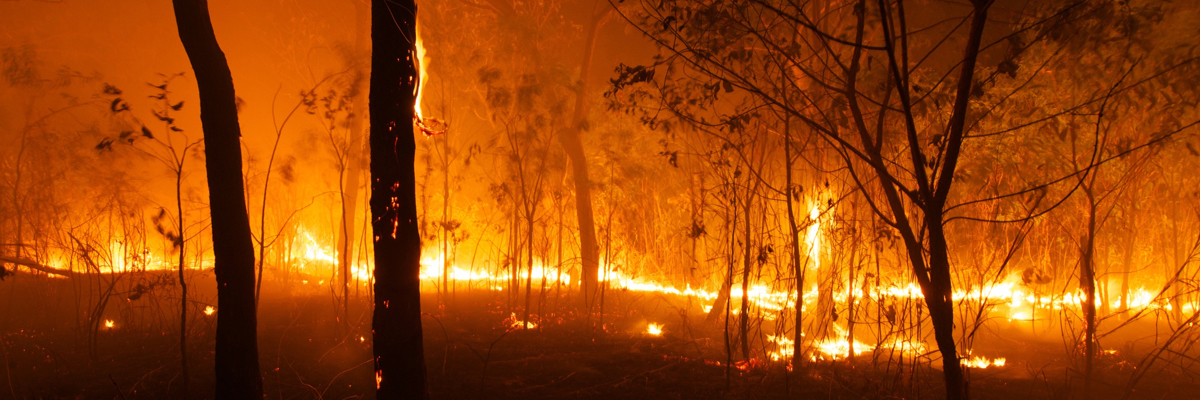Guarding Your Home: The Essential Duty of a BAL Report in Bushfire Readiness
Guarding Your Home: The Essential Duty of a BAL Report in Bushfire Readiness
Blog Article
Ensuring Bush Fire Security With Appropriate BAL Record Analysis
In the world of bush fire security, the meticulous evaluation of Bushfire Strike Level (BAL) records stands as a keystone for guarding properties versus the devastating effect of wildfires. With ecological elements and residential or commercial property features playing significant functions in determining the degree of threat, a thorough understanding of BAL rankings becomes crucial.
Understanding Bushfire Assault Degree (BAL)
In the world of bushfire defense, comprehending the Bushfire Attack Level (BAL) is critical for guaranteeing efficient reduction approaches. Recognizing the BAL score of a home is essential for building proprietors, home builders, and policymakers to carry out appropriate actions to secure against bushfire hazards.

Importance of BAL Report Evaluation
An essential aspect in bushfire protection preparation entails the thorough analysis of BAL records to evaluate the prospective dangers and figure out suitable mitigation approaches. BAL reports offer critical details regarding the prospective impact of bushfires on a home based on numerous variables such as plants type, range to prospective fire hazards, and incline of the land. Examining these reports with accuracy is vital in establishing effective bushfire defense procedures tailored to the details danger account of a property.
Applying Fire Security Measures
Implementing reliable fire security measures is critical for securing residential properties in bushfire-prone areas. Among the main ways to boost fire security is by creating defensible room around buildings. This entails cleaning combustible plant life, such as completely dry leaves and branches, within a specific radius of the home. In addition, installing fireproof roof covering materials can aid reduce the danger of coal firing up the roof covering during a bushfire. Effectively maintained screens and rain gutters are additionally important to protect against debris buildup that might sustain a fire.
In addition, having a ample and properly maintained water supply, such as a container or swimming pool, can aid firemens in their efforts to shield the building. BAL Report. On the whole, carrying out a mix of these fire protection measures can significantly raise the chances of safeguarding homes during bushfire occasions.
Mitigating Risks in Fire-Prone Locations
To strengthen homes versus bushfire dangers, a strategic emphasis on mitigating risks in fire-prone areas is important. Mitigating threats in fire-prone areas involves a detailed approach that includes numerous measures to lower the possibility and influence of bushfires. One essential element of threat mitigation is preserving defensible area around properties by removing combustible plants, ensuring appropriate spacing between trees and frameworks, and using fireproof landscape design practices. Additionally, carrying out ember-proofing actions such as installing metal mesh screens on windows and covering roofing dental these details caries can help prevent cinder assaults and lessen the threat of spot fires.
Furthermore, constructing or retrofitting buildings with fire-resistant products and making sure correct upkeep of roofings, rain gutters, and external click for more info cladding can substantially enhance the building's strength to bushfires. Exercising a bushfire and establishing emergency strategy with all passengers, including discharge procedures and interaction techniques, is also vital in mitigating dangers efficiently. By adopting an aggressive technique to run the risk of mitigation in fire-prone areas, residential or commercial property owners can much better safeguard their assets and improve overall bushfire readiness.
Ensuring Home Safety and Resilience
Making certain the security and resilience of residential or commercial properties in fire-prone areas calls for an unfaltering dedication to durable safety nets and tactical planning. Residential or commercial property security starts with executing efficient measures to decrease fire dangers. This consists of maintaining a defensible area around the property by removing flammable plants, ensuring proper maintenance of gutters and roofing systems, and utilizing fireproof structure products. Regular maintenance of firefighting tools, such as hose pipes and sprinkler systems, is likewise critical to residential or commercial property durability.
Resilience, on the various other hand, includes the capability of a building to recoup and hold up against from a bushfire. This can be improved with the installation of cinder guards on windows and vents, making certain that entrance points for coal are decreased. Furthermore, having a well-thought-out evacuation strategy and exercising it on a regular basis can substantially enhance residential or commercial property resilience. Teaming up with next-door neighbors and neighborhood fire authorities can likewise bolster the safety and security and durability of homes in fire-prone areas. By proactively attending to these elements, residential or commercial property proprietors can better protect their properties and loved ones from the hop over to these guys hazard of bushfires.
Conclusion
To conclude, ensuring bushfire security via appropriate BAL record analysis is critical for comprehending the level of danger posed by bushfires and executing essential fire protection procedures. By mitigating risks in fire-prone locations and making certain home safety and security and resilience, people and neighborhoods can better get ready for and react to bushfire events. It is necessary to prioritize fire security procedures to shield lives and home in these risky environments.
In the realm of bush fire protection, the precise analysis of Bushfire Assault Degree (BAL) reports stands as a foundation for securing residential properties versus the devastating impact of wildfires (BAL Report). Recognizing the BAL score of a residential property is important for home proprietors, policymakers, and home builders to carry out appropriate actions to protect versus bushfire risks

BAL records give essential details concerning the prospective impact of bushfires on a residential property based on various elements such as plants kind, range to potential fire threats, and incline of the land (BAL Report). In general, carrying out a mix of these fire protection steps can significantly boost the chances of securing homes throughout bushfire occasions
Report this page